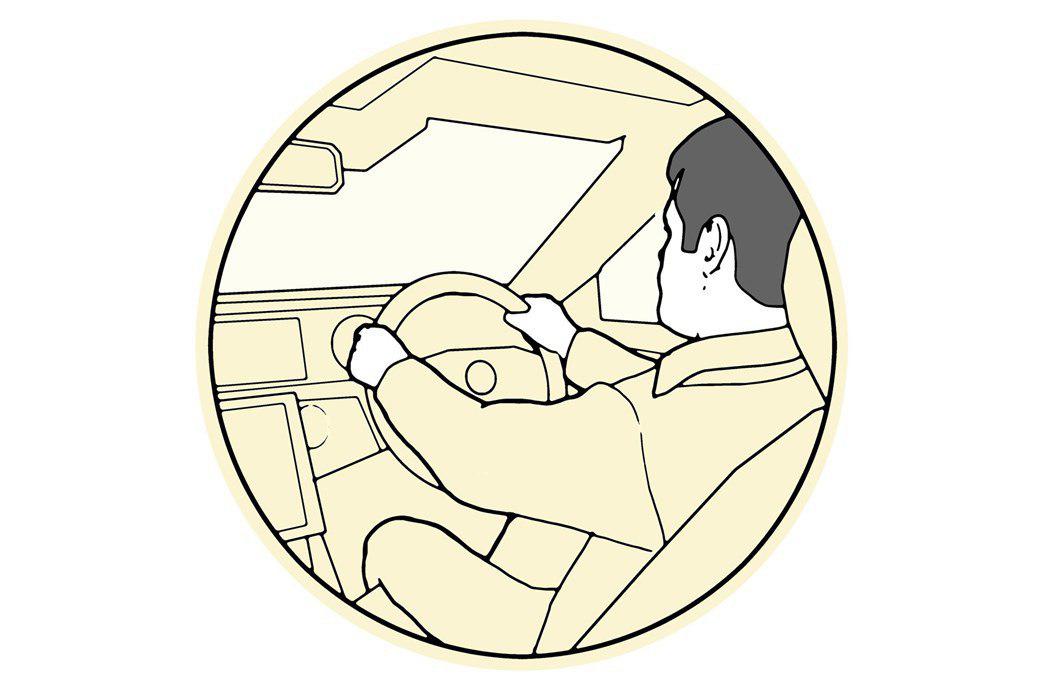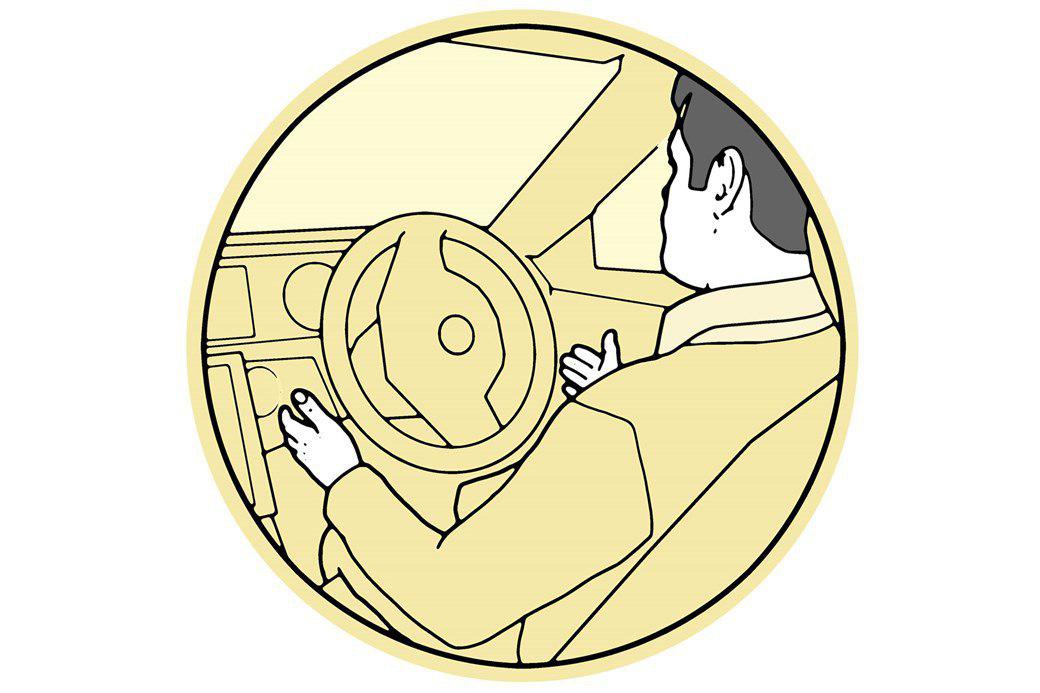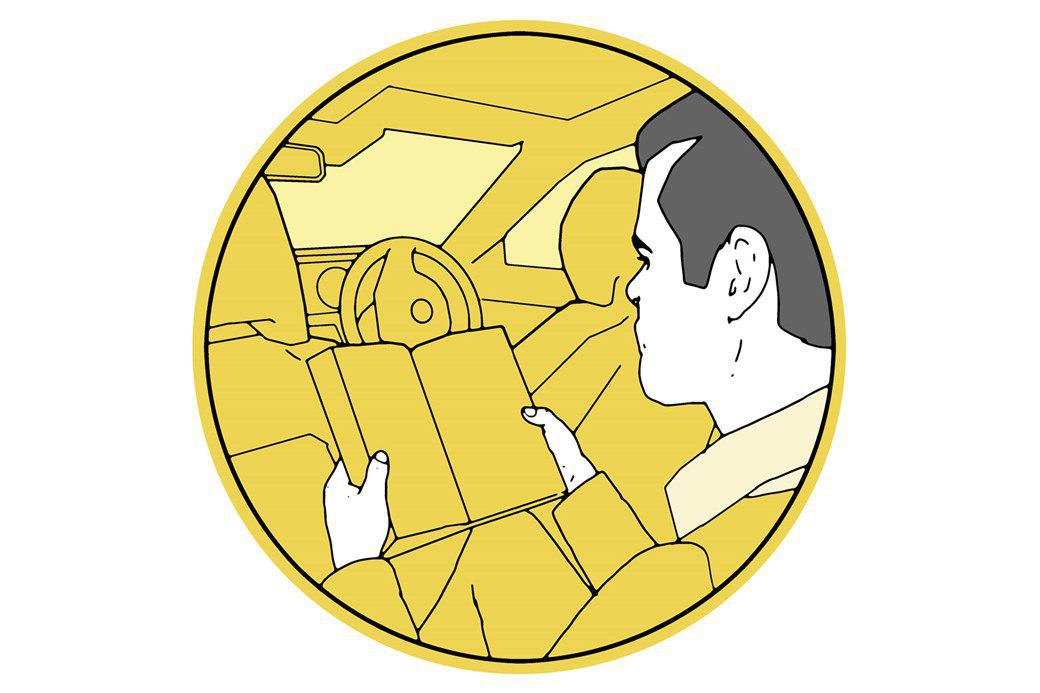What are the different levels of autonomy?
It's pretty straightforward. What is now called Level 1 has been around for a few years now, and Level 2 is commonplace too. We're on the cusp of Level 3 and the next big thing - proper hands-off driving for long periods of time - is called Level 4 and, ultimately Level 5.
Khodrocar - For the last few years, car brands have begun to pick up and use the autonomous level terminology – the latest Audi A8’s Level 3 autonomous was heavily used during its promotion – but what the levels are, or what they actually mean isn't widely publisiced.
Level 1 autonomous cars: a single aspect is automated
The Society of Automotive Engineers has created a lexicon of autonomy. Level 1, the most basic type, is where one element of the driving process is taken over in isolation, using data from sensors and cameras, but the driver is very much still in charge. This started in the late 1990s at Mercedes-Benz, with its pioneering radar-managed cruise control, while Honda introduced lane-keep assist on the 2008 Legend. These were the first steps towards removing the driver’s duties behind the wheel.

Level 2 driverless cars: chips control two or more elements
Level 2 autonomy is where we’re at today: computers take over multiple functions from the driver – and are intelligent enough to weave speed and steering systems together using multiple data sources. Mercedes says it’s been doing this for four years. The latest Mercedes S-Class is Level 2-point-something. It takes over directional, throttle and brake functions for one of the most advanced cruise control systems yet seen – using detailed sat-nav data to brake automatically for corners ahead, keeping a set distance from the car in front and setting off again when jams clear, with the driver idle.

Level 3 autonomous cars: the car can boss safety-critical functions
Highly automated vehicles are not far off. The SAE calls Level 3 ‘conditional automation’ – a specific – mode which lets all aspects of driving be done for you, but crucially the driver must be on hand to respond to a request to intervene. Audi calls its new A8 a Level 3 ready autonomous car – meaning the car has the potential to drive itself in certain circumstances, where it will assume control of all safety-critical functions. How? By refining maps, radar and sensors and fusing this environmental data with ever-wiser and faster processors and logic.

Level 4 driverless cars: fully autonomous in controlled areas
Early next decade cars will fully drive themselves in geofenced metropolitan areas, as HD mapping, more timely data, car-to-car comms and off-site call centres (to deal with unusual hazards) improve accuracy. ‘You won’t really need the driver in Level 4,’ says Merc’s autonomous guru Christoph von Hugo. ‘The likelihood is you will just be renting the car, rather than owning it. You won’t take this car on vacation to Florida but you’ll take it on an urban journey around New York, say. It is easier to have ultra-detailed mapping for carefully defined areas.’ Twenty car makers say they’ll sell autonomous cars in the US by 2022.

Level 5 driverless cars: fully autonomous, anywhere. Driver optional...
The difference between Level 4 and 5 is simple: the last step towards full automation doesn’t require the car to be in the so-called ‘operational design domain’. Rather than working in a carefully managed (usually urban) environment with lots of dedicated lane markings or infrastructure, it’ll be able to self-drive anywhere. How? Because the frequency and volume of data, and the sophistication of the computers crunching it, will mean the cars are sentient. It’s a brave new world – and one that Google’s Waymo car is gunning for, leapfrogging traditional manufacturers’ efforts. The disruption will be huge: analysts HIS forecast 21 million autonomous vehicles globally by 2035.

Level 1 autonomous cars: a single aspect is automated
The Society of Automotive Engineers has created a lexicon of autonomy. Level 1, the most basic type, is where one element of the driving process is taken over in isolation, using data from sensors and cameras, but the driver is very much still in charge. This started in the late 1990s at Mercedes-Benz, with its pioneering radar-managed cruise control, while Honda introduced lane-keep assist on the 2008 Legend. These were the first steps towards removing the driver’s duties behind the wheel.

Level 2 driverless cars: chips control two or more elements
Level 2 autonomy is where we’re at today: computers take over multiple functions from the driver – and are intelligent enough to weave speed and steering systems together using multiple data sources. Mercedes says it’s been doing this for four years. The latest Mercedes S-Class is Level 2-point-something. It takes over directional, throttle and brake functions for one of the most advanced cruise control systems yet seen – using detailed sat-nav data to brake automatically for corners ahead, keeping a set distance from the car in front and setting off again when jams clear, with the driver idle.

Level 3 autonomous cars: the car can boss safety-critical functions
Highly automated vehicles are not far off. The SAE calls Level 3 ‘conditional automation’ – a specific – mode which lets all aspects of driving be done for you, but crucially the driver must be on hand to respond to a request to intervene. Audi calls its new A8 a Level 3 ready autonomous car – meaning the car has the potential to drive itself in certain circumstances, where it will assume control of all safety-critical functions. How? By refining maps, radar and sensors and fusing this environmental data with ever-wiser and faster processors and logic.

Level 4 driverless cars: fully autonomous in controlled areas
Early next decade cars will fully drive themselves in geofenced metropolitan areas, as HD mapping, more timely data, car-to-car comms and off-site call centres (to deal with unusual hazards) improve accuracy. ‘You won’t really need the driver in Level 4,’ says Merc’s autonomous guru Christoph von Hugo. ‘The likelihood is you will just be renting the car, rather than owning it. You won’t take this car on vacation to Florida but you’ll take it on an urban journey around New York, say. It is easier to have ultra-detailed mapping for carefully defined areas.’ Twenty car makers say they’ll sell autonomous cars in the US by 2022.

Level 5 driverless cars: fully autonomous, anywhere. Driver optional...
The difference between Level 4 and 5 is simple: the last step towards full automation doesn’t require the car to be in the so-called ‘operational design domain’. Rather than working in a carefully managed (usually urban) environment with lots of dedicated lane markings or infrastructure, it’ll be able to self-drive anywhere. How? Because the frequency and volume of data, and the sophistication of the computers crunching it, will mean the cars are sentient. It’s a brave new world – and one that Google’s Waymo car is gunning for, leapfrogging traditional manufacturers’ efforts. The disruption will be huge: analysts HIS forecast 21 million autonomous vehicles globally by 2035.

Latest News


